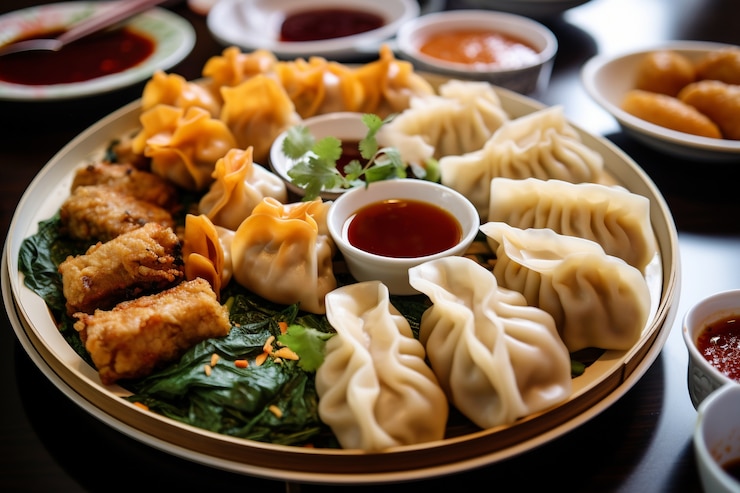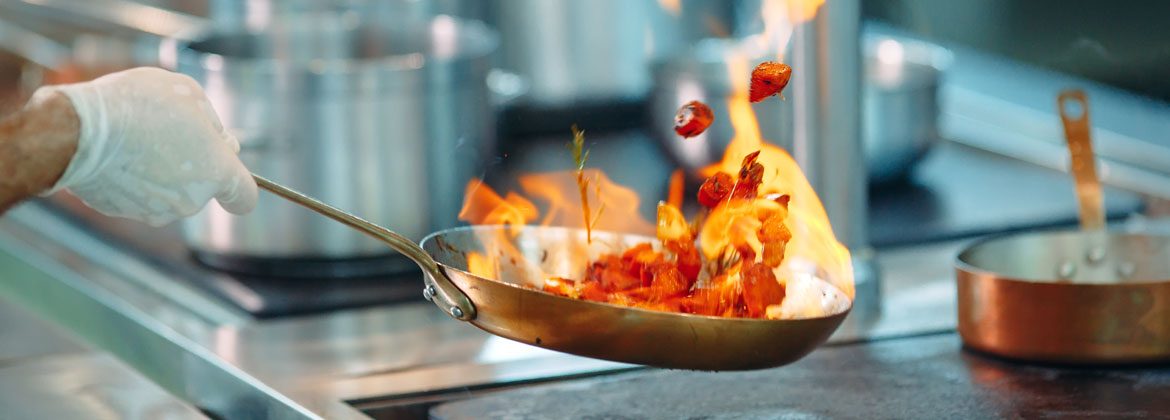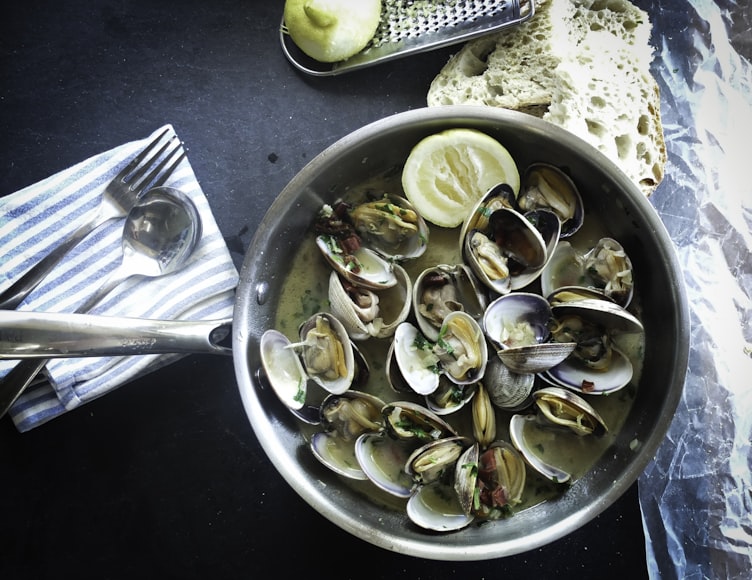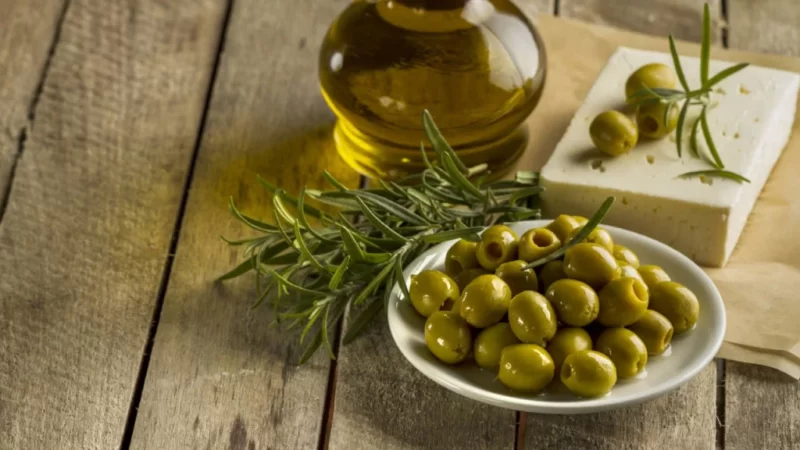How to Bake Salmon at 350°F: A Perfectly Flaky and Flavorful Dish
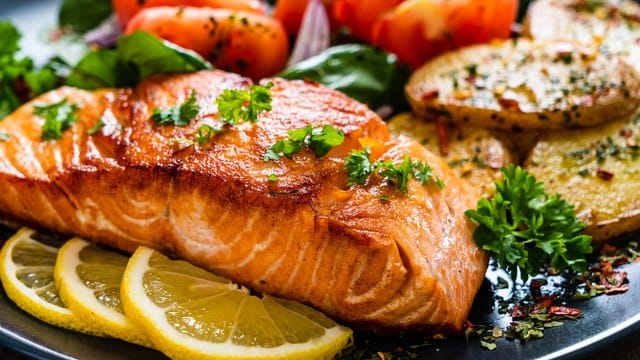
Introduction
When it comes to cooking salmon, achieving the perfect balance of tenderness, flakiness, and flavor is key. Many culinary enthusiasts wonder about the ideal cooking time and temperature to Bake Salmon at 350°F. In this comprehensive guide, we will delve into the art of baking salmon at 350°F, sharing our expert tips and techniques to help you create a mouthwatering salmon dish that will leave your taste buds tingling with delight.
Choosing the Right Salmon
Before we dive into the intricacies of baking salmon, it’s essential to start with high-quality fish. Opting for fresh, wild-caught salmon will elevate the overall taste and texture of your dish. Look for salmon with firm flesh, vibrant color, and a fresh sea-like aroma. Common varieties of salmon include Chinook (King), Sockeye (Red), Coho (Silver), Pink, and Atlantic. Each type offers its own unique flavor profile, so choose according to your preference.
Preparing the Salmon
To ensure a successful baking experience, it’s crucial to properly prepare the salmon before it enters the oven. Follow these steps to get your salmon ready for baking:
Thawing: If using frozen salmon, thaw it in the refrigerator overnight or under cold running water until fully defrosted. This step ensures even cooking.
Seasoning: Lightly season the salmon with salt and pepper or your preferred herbs and spices. This will enhance the flavors as the salmon bakes.
Marinating: For an extra burst of flavor, consider marinating the salmon. A simple Bake Salmon at 350°F marinade of lemon juice, olive oil, garlic, and fresh herbs works wonders. Allow the salmon to marinate for at least 30 minutes or up to 2 hours in the refrigerator.
The Baking Process
Now that the salmon is prepped and ready, let’s dive into the baking process itself. Follow these guidelines for optimal results:
Preheating: Preheat your oven to 350°F (175°C). This temperature provides a gentle and even heat, allowing the salmon to cook evenly.
Baking Dish: Place the seasoned or marinated salmon in a baking dish lined with parchment paper or aluminum foil. This prevents sticking and makes for easier cleanup.
Cooking Time: The cooking time for salmon varies depending on the thickness of the fillets or steaks. As a general guideline, calculate approximately 10 minutes per inch of thickness. For example, a 1-inch thick fillet will require around 10-12 minutes of baking time.
Checking for Doneness: To ensure your salmon is perfectly cooked, check the internal temperature with a meat thermometer. The ideal temperature for cooked salmon is 145°F (63°C). Insert the thermometer into the thickest part of the salmon, and once it reaches the desired temperature, your salmon is ready to be enjoyed.
Tips for Perfectly Baked Salmon
Achieving a perfectly Bake Salmon at 350°F goes beyond time and temperature. Here are some additional tips to take your dish to the next level:
Moisture Retention: To prevent your salmon from drying out during baking, you can cover the baking dish with foil or place a lid over it. This helps retain moisture and ensures a succulent result.
Citrus Infusion: Adding slices of lemon, lime, or orange on top of the salmon before baking not only imparts a delightful citrus flavor but also helps keep the fish moist.
Herb Enhancement: Sprinkling fresh herbs, such as dill, parsley, or thyme, on top of the salmon adds an aromatic touch and elevates the
herb enhancement: Sprinkling fresh herbs, such as dill, parsley, or thyme, on top of the salmon adds an aromatic touch and elevates the overall flavor profile. The herbs infuse into the fish as it bakes, imparting a delightful herbal essence.
Butter Basting: For an extra indulgent touch, consider basting the salmon with melted butter during the baking process. This adds richness and helps create a luscious, golden-brown crust on the exterior of the fish.
Adding Vegetables: To create a one-pan meal and add complementary flavors, place a bed of vegetables, such as asparagus, cherry tomatoes, or sliced bell peppers, around the salmon in the baking dish. The vegetables will roast alongside the salmon, absorbing its flavors and adding a vibrant, colorful element to the dish.
Foil Packets: For a moist and flavorful result, Bake Salmon at 350°F you can create individual foil packets for each salmon fillet or portion. Simply place the seasoned salmon on a sheet of aluminum foil, fold the sides to create a sealed packet, and bake. This method helps trap the moisture and flavors, resulting in a tender and succulent salmon.
Basting with Sauce: Another way to enhance the flavor of the salmon is by basting it with a flavorful sauce. Options include teriyaki glaze, honey mustard, or a homemade garlic butter sauce. Baste the salmon with the sauce during the last few minutes of baking, allowing it to caramelize and create a delicious coating.
Serving Suggestions
Now that your perfectly baked salmon is ready, it’s time to think about presentation and accompaniments. Here are a few serving suggestions to complete your culinary masterpiece:
Garnishes: Sprinkle some freshly chopped herbs, such as parsley or dill, over the salmon to add a pop of color and freshness.
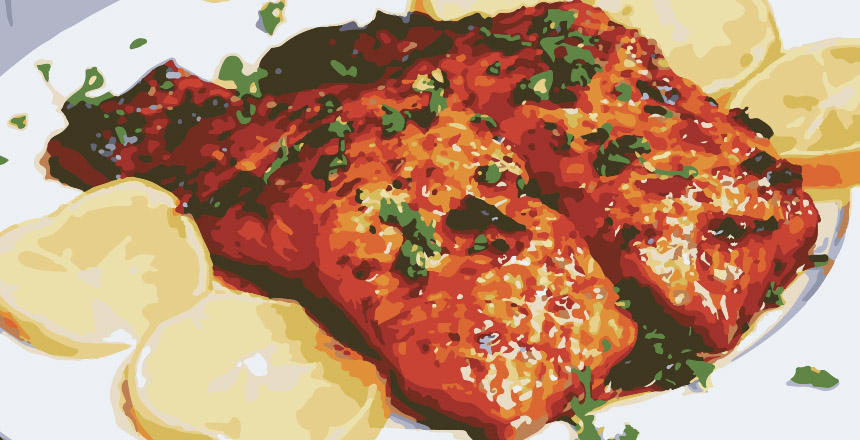
Citrus Wedges: Serve the salmon with wedges of lemon, lime, or orange on the side. Squeezing a bit of citrus juice over the fish just before eating enhances the flavors and provides a tangy burst.
Side Dishes: Consider serving the salmon alongside complementary side dishes. Options include roasted potatoes, steamed vegetables, a refreshing salad, or even a bed of fluffy quinoa or rice pilaf.
Sauces and Dips: Offer a variety of sauces or dips that pair well with Bake Salmon at 350°F, such as tartar sauce, cucumber dill sauce, or a creamy lemon garlic aioli. These add an extra layer of flavor and provide options for customization.
Conclusion
Baking salmon at 350°F can yield a truly exquisite culinary experience. By following these expert tips and techniques, you can achieve a perfectly cooked, flaky, and flavorful salmon dish that will impress your guests or satisfy your own cravings. Remember to start with high-quality salmon, properly prepare it, and experiment with various seasonings, herbs, and accompaniments to elevate the overall taste and presentation.
Now it’s time to embark on your salmon-baking adventure. Whether you’re a seasoned chef or a novice in the kitchen, armed with this knowledge, you can confidently create a dish that will outrank other recipes and leave your taste buds craving for more. Happy baking and bon appétit!

